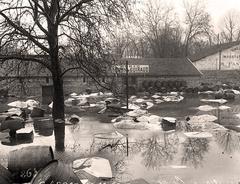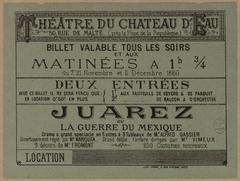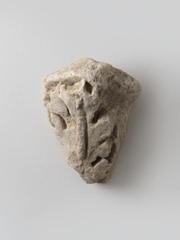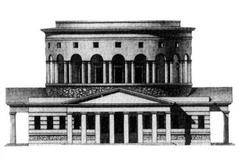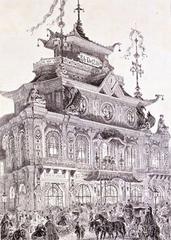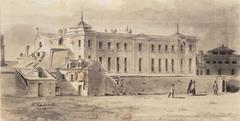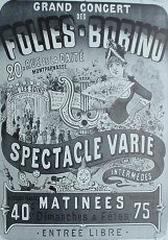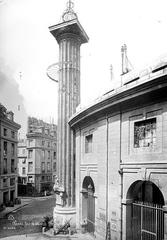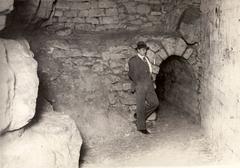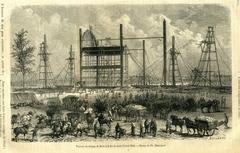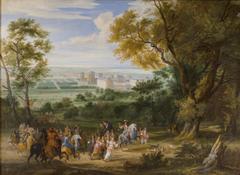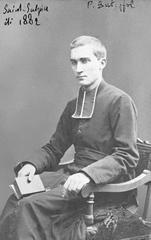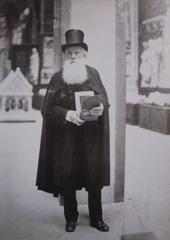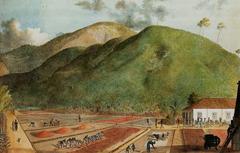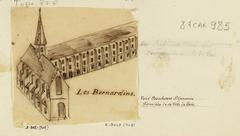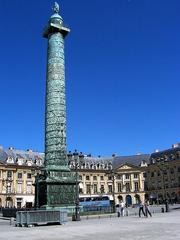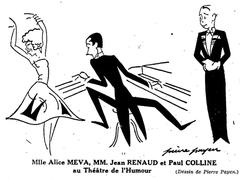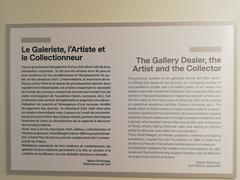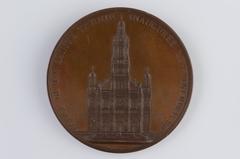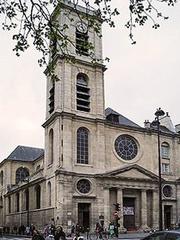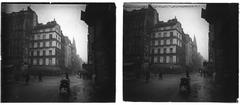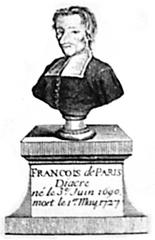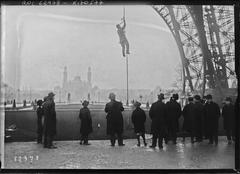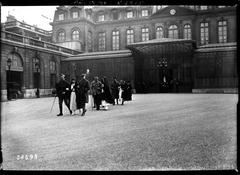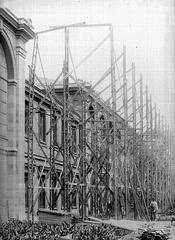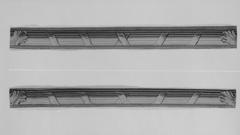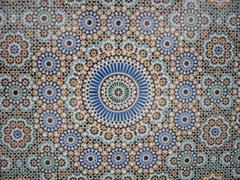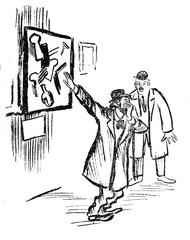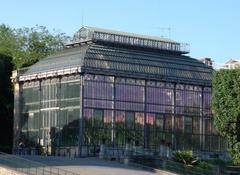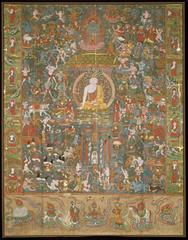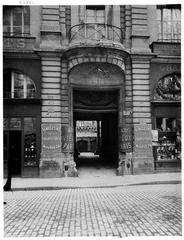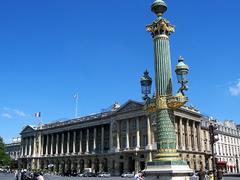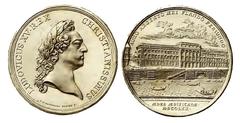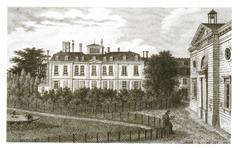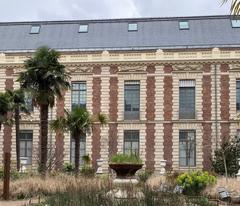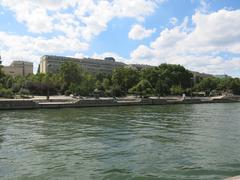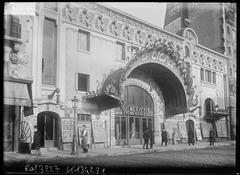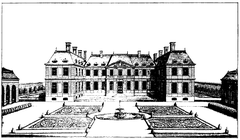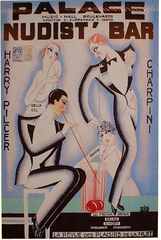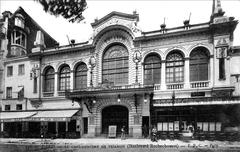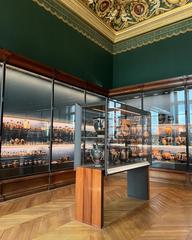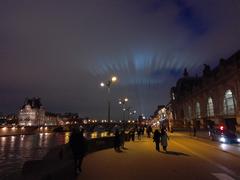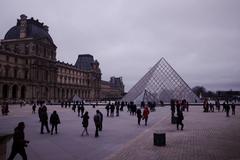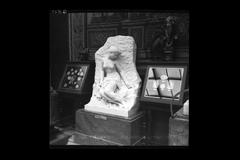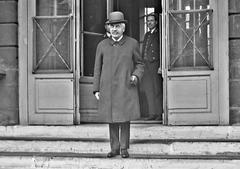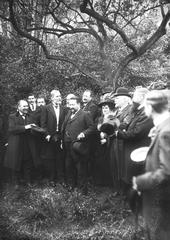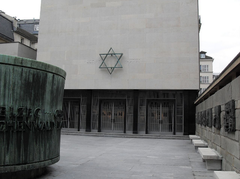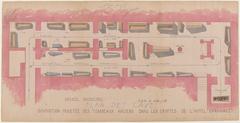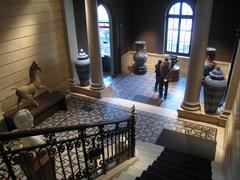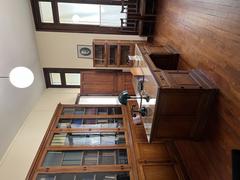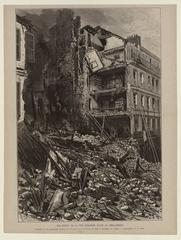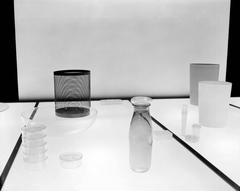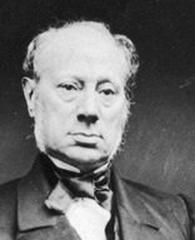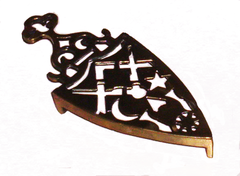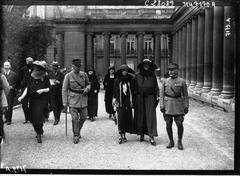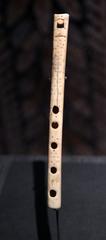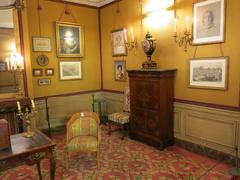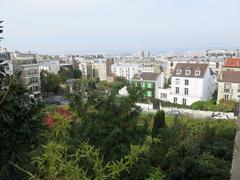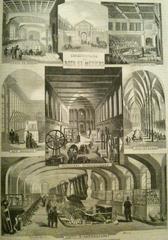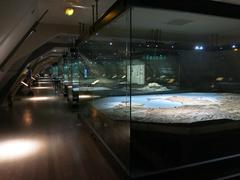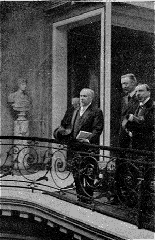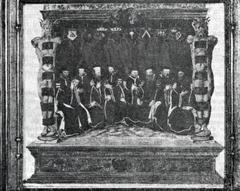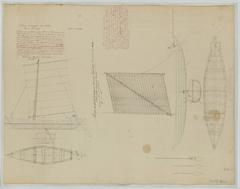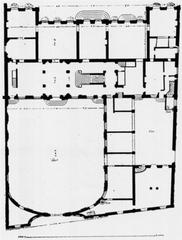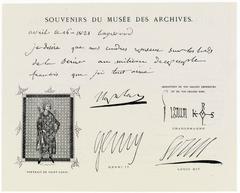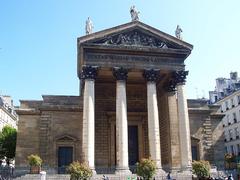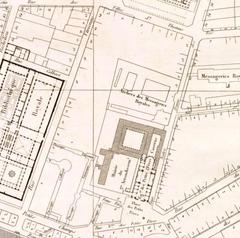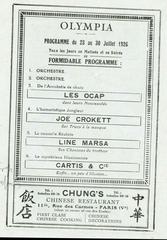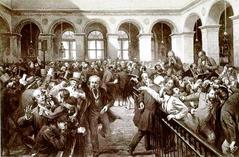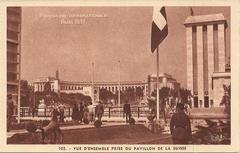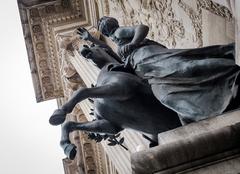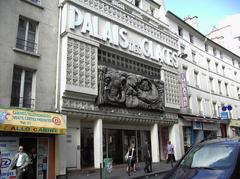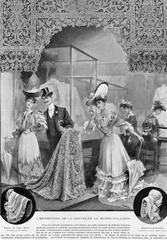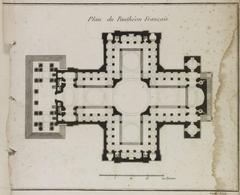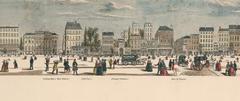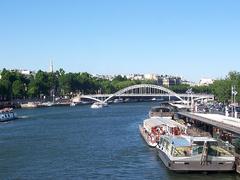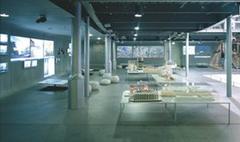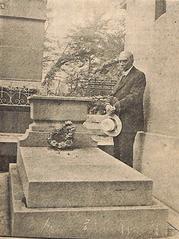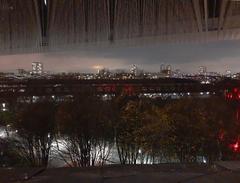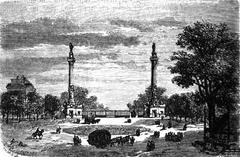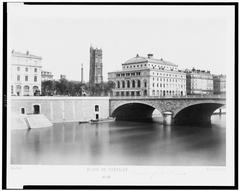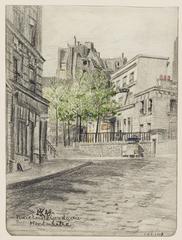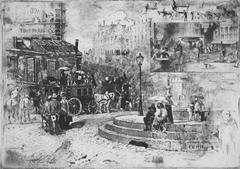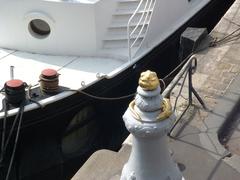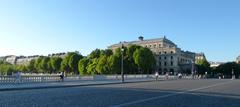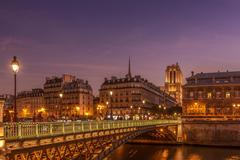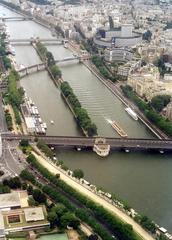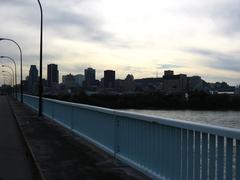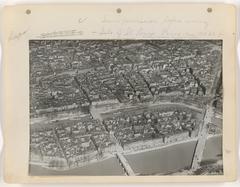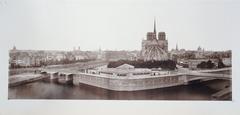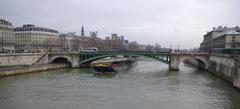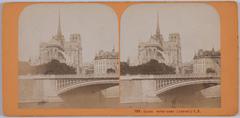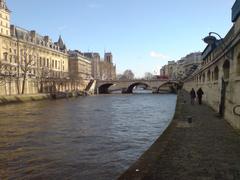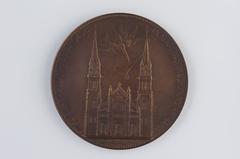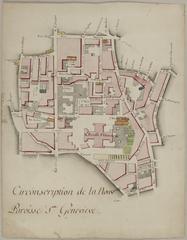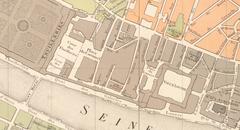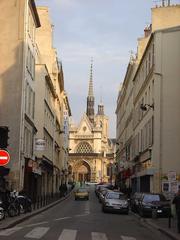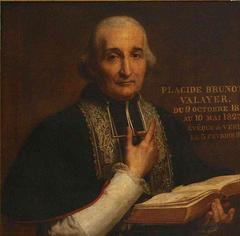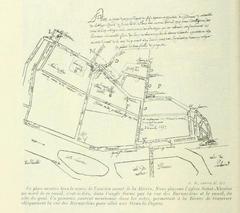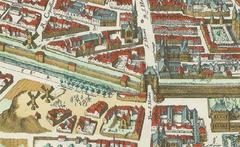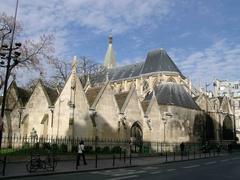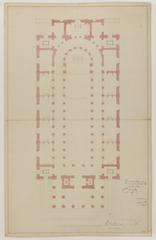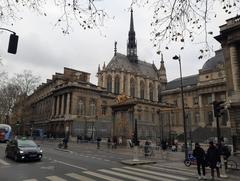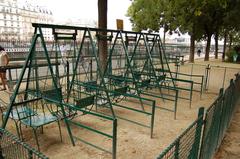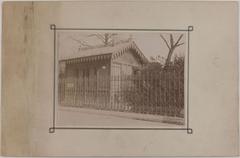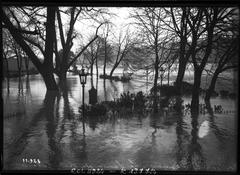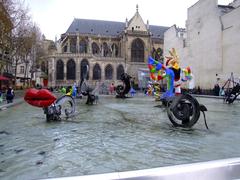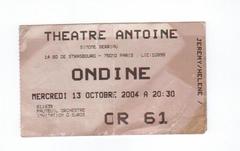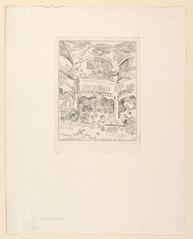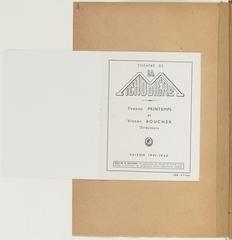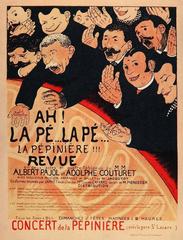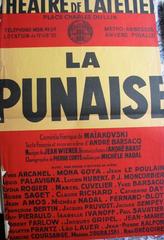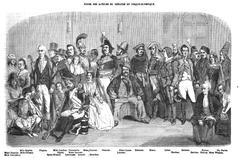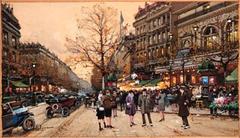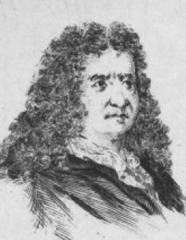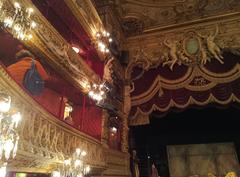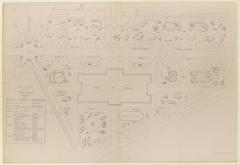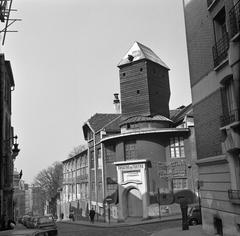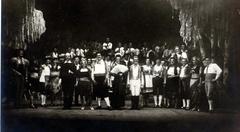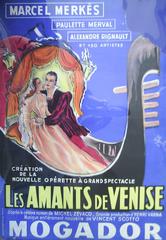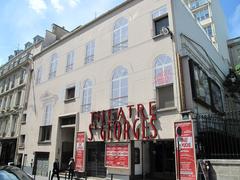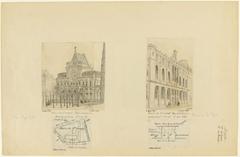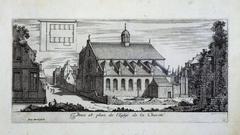Comprehensive Guide to Visiting Place Dauphine, Paris, France
Date: 18/07/2024
Introduction
Place Dauphine, situated at the western tip of Île de la Cité in Paris, is an essential piece of the city’s historic and cultural legacy. Established in 1607 by King Henry IV, the square was named after his son, the future Louis XIII, who was the Dauphin of France at that time. This picturesque triangular square, bordered by elegant 17th-century architecture, is one of Paris’s oldest public squares and represents an early example of urban planning in the city (Paris Info).
The square’s initial design was characterized by uniform facades of red brick and white stone, reflecting the style of the Henry IV period. Although many of the original buildings have undergone modifications over the centuries, Place Dauphine still retains much of its historical charm. This square has served as a social and cultural hub, attracting notable figures such as French writer Honoré de Balzac and serving as a setting for various public events, from executions during the French Revolution to celebrations during the Liberation of Paris in 1944 (Paris Convention and Visitors Bureau).
Today, Place Dauphine is a tranquil oasis in the heart of Paris, surrounded by charming cafes, art galleries, and boutique shops. Its central location, just a short walk from major attractions like the Louvre Museum and Notre-Dame Cathedral, makes it an ideal destination for both locals and tourists. Visitors can enjoy the square’s serene atmosphere, admire the historic architecture, and explore nearby landmarks, making it a must-visit spot for anyone interested in the rich history and culture of Paris (Monuments Nationaux).
Table of Contents
- Introduction
- History of Place Dauphine
- Place Dauphine in Modern Times
- Visitor Information
- Cultural Impact
- Nearby Attractions
- Safety Tips
- Language Tips
- Shopping
- Events and Festivals
- Local Etiquette
- Accommodation
- Weather Considerations
- Currency and Payments
- Emergency Contacts
- FAQ
- Conclusion
History of Place Dauphine
Origins and Establishment
Place Dauphine, established in 1607 by King Henry IV, was named after his son, the future Louis XIII, who was the Dauphin of France at the time. The square was part of Henry IV’s broader urban development plan to modernize Paris. The king envisioned Place Dauphine as a residential area for the bourgeoisie, reflecting the architectural and social aspirations of the early 17th century.
Architectural Design
The original design of Place Dauphine was a triangular layout, bordered by uniform facades of red brick and white stone, a style characteristic of the Henry IV period. The square was initially enclosed by 32 houses, each with a ground floor arcade and steeply pitched roofs. This uniformity was intended to create a harmonious and aesthetically pleasing environment. The architect responsible for this design was likely Louis Métezeau, who was also involved in the construction of the nearby Pont Neuf (Paris Info).
Historical Significance
Place Dauphine holds significant historical value as it represents the early efforts of urban planning in Paris. It was one of the first squares in the city designed with a specific architectural vision, setting a precedent for future developments. The square also played a role in the social life of Paris, serving as a meeting place for the city’s elite and a venue for various public events.
Changes Over Time
Over the centuries, Place Dauphine has undergone numerous changes. During the 18th century, many of the original houses were modified or replaced, altering the uniform appearance envisioned by Henry IV. The square also suffered damage during the French Revolution, when several buildings were destroyed or repurposed. Despite these changes, Place Dauphine has retained much of its historical charm and continues to be a popular destination for both locals and tourists (Paris Convention and Visitors Bureau).
Notable Residents and Events
Throughout its history, Place Dauphine has been home to several notable figures. The famous French writer Honoré de Balzac lived in the square for a period, and it has also been associated with various artists and intellectuals. The square has witnessed numerous historical events, including public executions during the French Revolution and celebrations during the Liberation of Paris in 1944.
Preservation and Restoration
In the 20th century, efforts were made to preserve and restore Place Dauphine to its former glory. The French government and various heritage organizations have undertaken several restoration projects to maintain the square’s historical integrity. These efforts have included the restoration of facades, the preservation of original architectural elements, and the enhancement of public spaces (Monuments Nationaux).
Place Dauphine in Modern Times
Today, Place Dauphine is a tranquil oasis in the heart of Paris, offering a glimpse into the city’s rich history. The square is surrounded by charming cafes, art galleries, and boutique shops, making it a popular spot for both locals and visitors. Its central location, just a short walk from major attractions like the Louvre and Notre-Dame Cathedral, adds to its appeal.
Visitor Information
Visiting Hours
Place Dauphine is open 24/7, allowing visitors to explore at their convenience.
Tickets
Entrance to Place Dauphine is free. However, guided tours may incur a fee.
Accessibility
The square is accessible to visitors with disabilities. For detailed information, visit the official website.
Cultural Impact
Place Dauphine has also made its mark on popular culture. It has been featured in numerous films, books, and artworks, often depicted as a quintessential Parisian setting. The square’s picturesque appearance and historical significance make it a favorite subject for photographers and artists alike.
Visitor Tips
For those planning to visit Place Dauphine, there are several tips to enhance the experience. The square is best visited during the early morning or late afternoon when it is less crowded, allowing for a more peaceful exploration. Visitors should take the time to stroll around the square, admire the architecture, and perhaps enjoy a coffee at one of the local cafes. Additionally, exploring the nearby Pont Neuf and the Île de la Cité can provide a deeper understanding of the historical context of Place Dauphine (Paris Tourist Office).
Nearby Attractions
- Louvre Museum: A short walk away, this world-renowned museum is a must-visit.
- Notre-Dame Cathedral: Another iconic landmark nearby, offering rich history and stunning architecture.
- Pont Neuf: The oldest standing bridge across the river Seine, providing picturesque views.
- Sainte-Chapelle: Known for its stunning stained glass windows, this chapel is a hidden gem.
Conclusion
Place Dauphine stands as a testament to the rich history and architectural heritage of Paris. Its origins, transformations, and enduring charm make it a must-visit destination for anyone interested in the history and culture of the French capital. Whether you’re a history buff, an architecture enthusiast, or simply looking for a picturesque spot to relax, Place Dauphine offers a unique and memorable experience. Download our mobile app Audiala for more travel tips and updates.
FAQ
- What are the visiting hours for Place Dauphine? Place Dauphine is accessible 24/7.
- Is there an entry fee for Place Dauphine? No, there is no entry fee.
- What are the best times to visit Place Dauphine? Spring and early autumn are ideal for visiting.
- Are there guided tours available? Yes, several guided tours are available that cover the history and significance of Place Dauphine.
- What nearby attractions can I visit? Nearby attractions include the Louvre Museum, Notre-Dame Cathedral, Pont Neuf, and Sainte-Chapelle.
- Are there any special events at Place Dauphine? Yes, outdoor art exhibitions and musical performances are common, especially in the summer.
References
- A Complete Guide to Place Dauphine - History, Visiting Hours, and More, 2023, Paris Info
- Exploring Place Dauphine - History, Significance, and Visitor Information in Paris, 2023, Paris Convention and Visitors Bureau
- Essential Visitor Tips for Place Dauphine - Best Times, Dining, and Nearby Attractions, 2023, Monuments Nationaux
